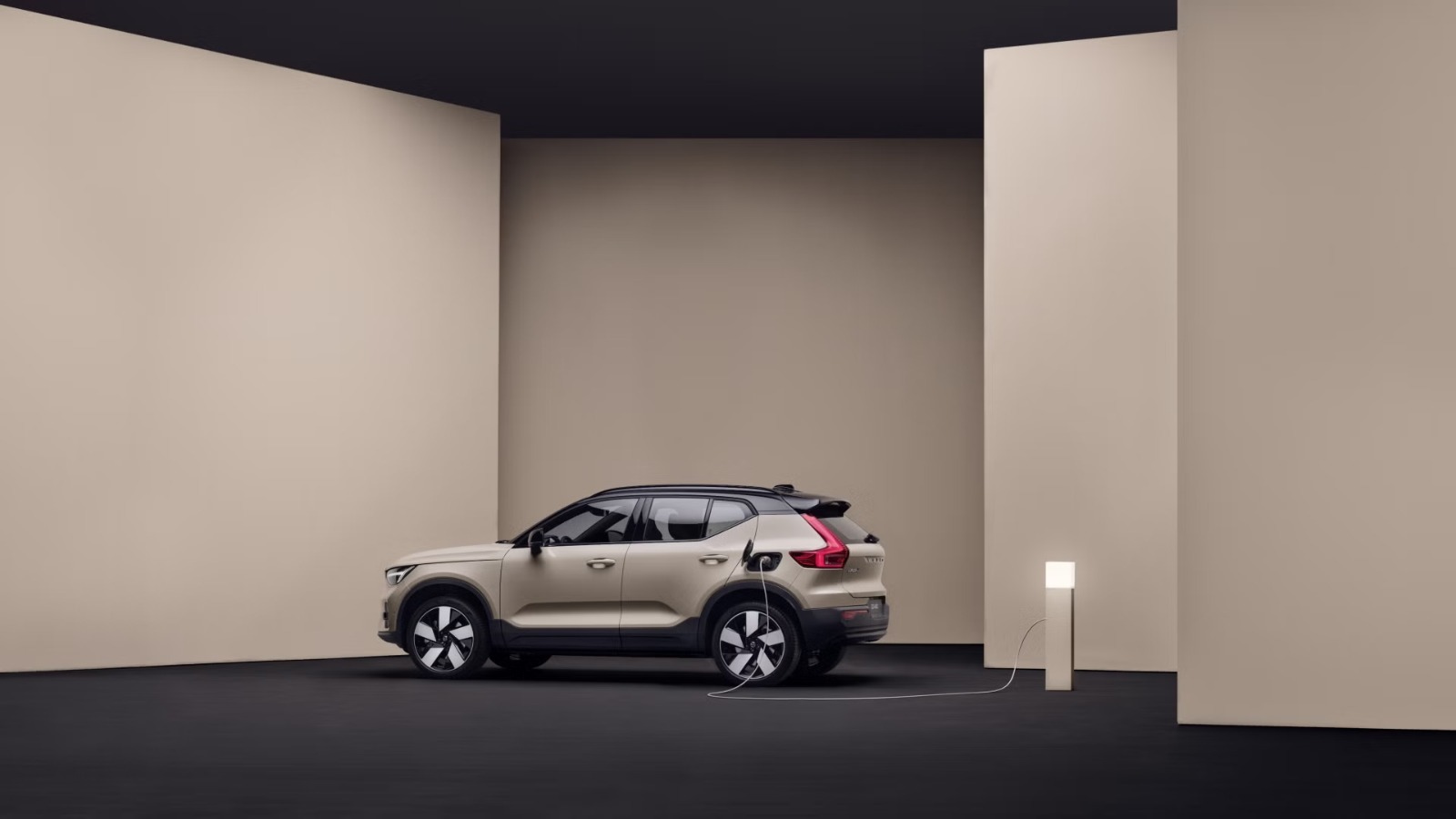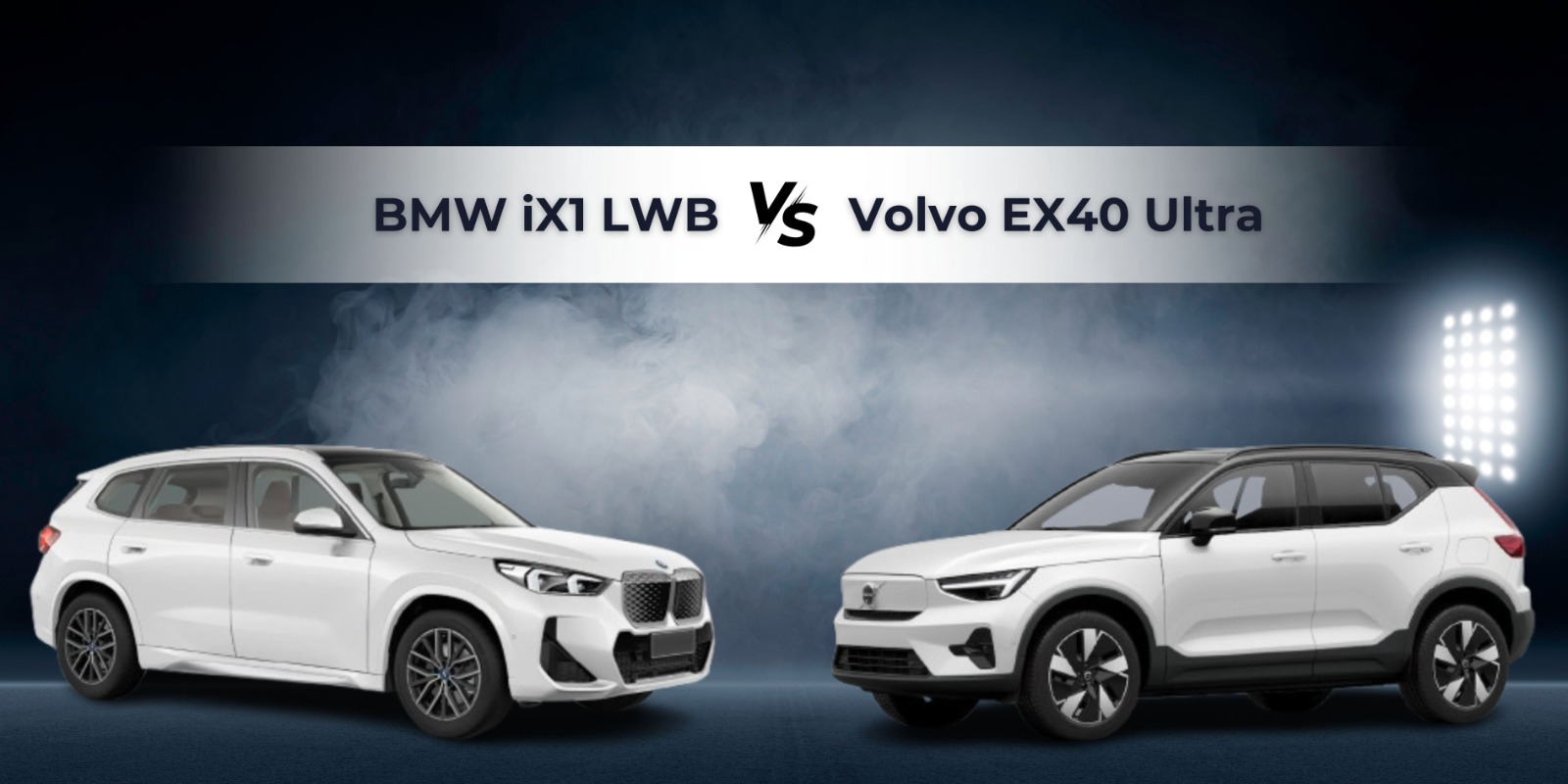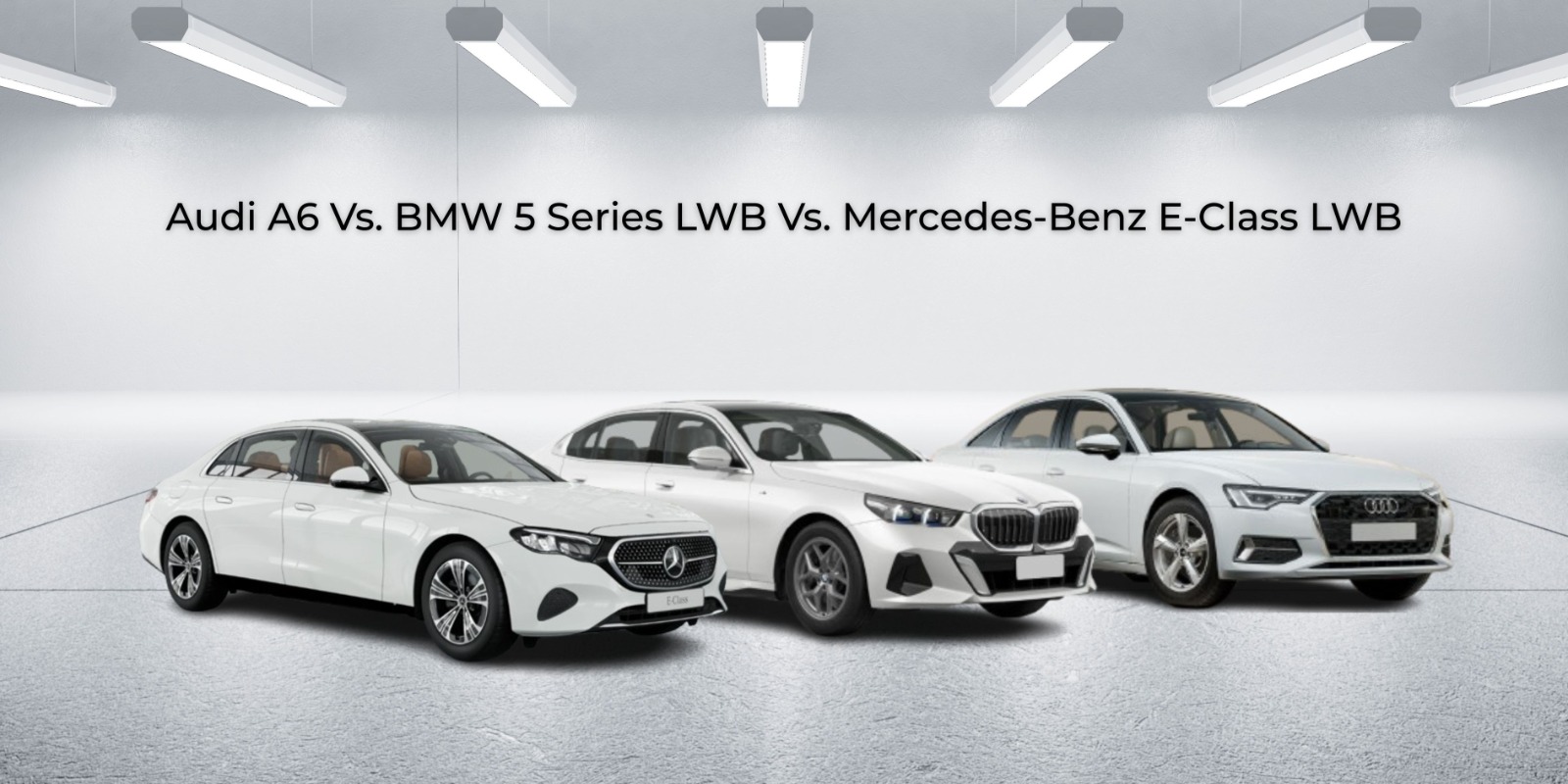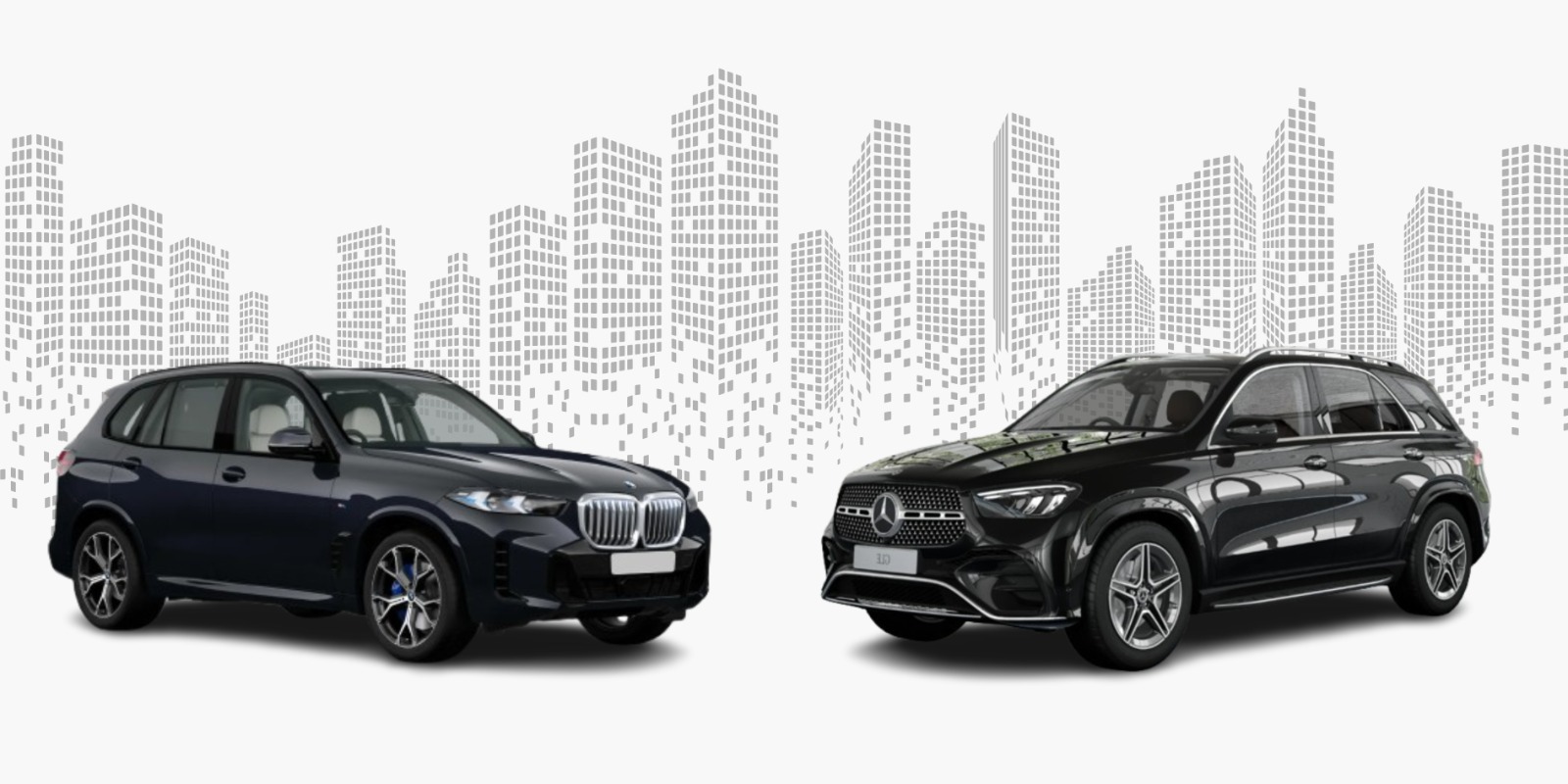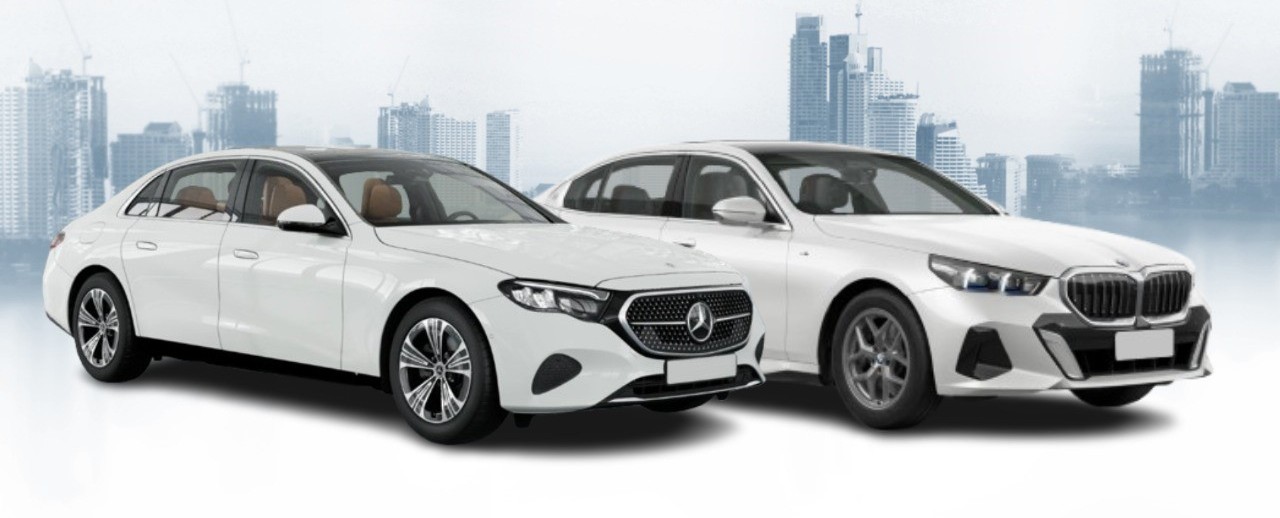Step into any modern luxury chariot on Indian roads, and you’re greeted not just by sumptuous leather and polished wood, but by a dazzling digital soul – the infotainment system.
This isn’t just a screen; it’s the car’s central nervous system, its digital concierge, its window to the connected world. Leading this charge are the German titans: Mercedes-Benz with its MBUX, BMW with its legendary iDrive, and Audi with the technically precise MMI.
These aren’t mere interfaces; they’re distinct personalities vying for your attention and command. As of 2025, which of these digital powerhouses delivers the most intelligent, intuitive, and downright jaw-dropping experience in India? Let’s ignite the comparison.
Mercedes-Benz MBUX (Mercedes-Benz User Experience)
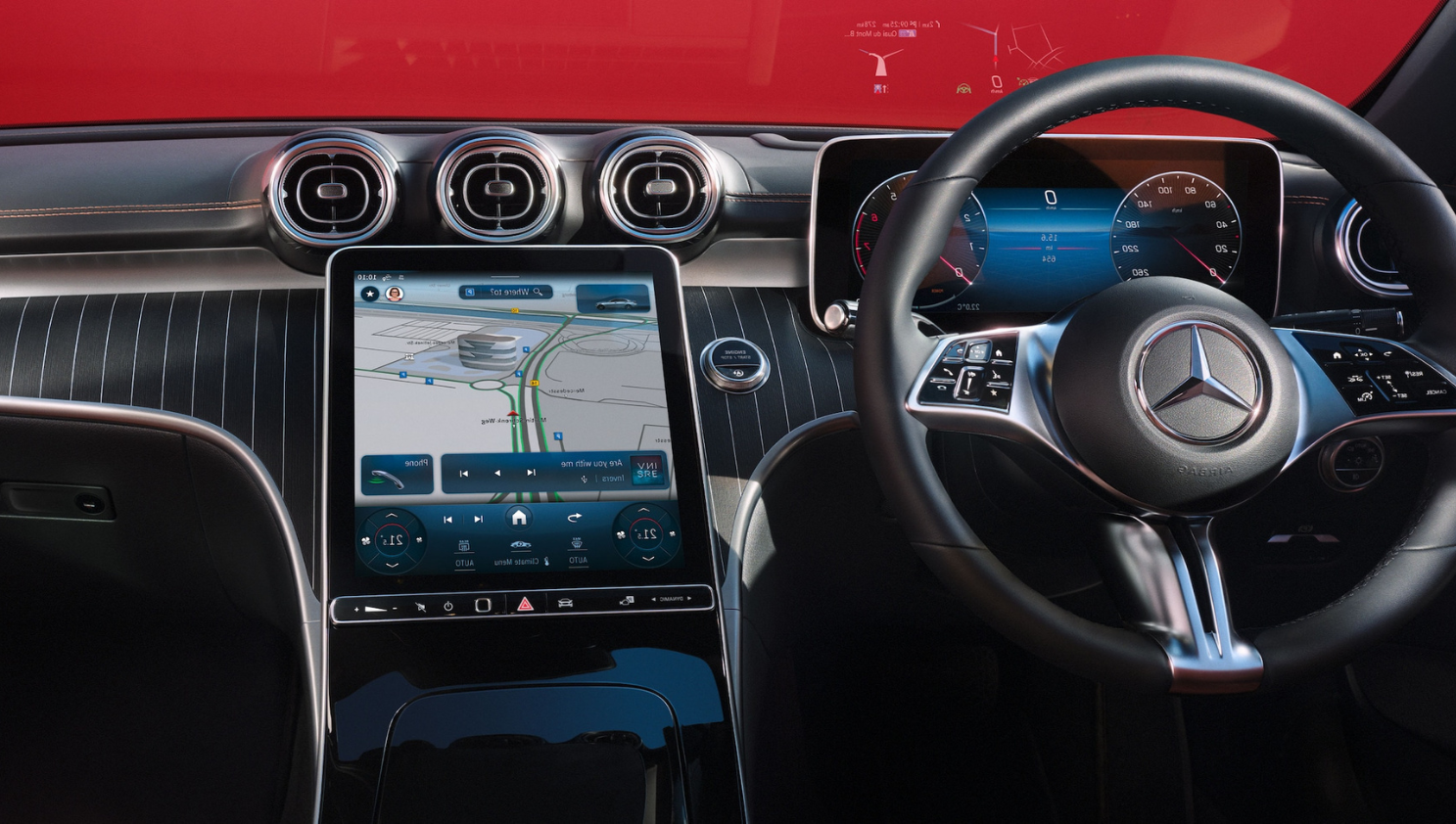
The Digital Oracle with Hollywood Flair
MBUX didn’t just arrive; it detonated onto the scene – a digital supernova focused on innate usability, predictive intelligence, and visuals so dazzling they border on digital art.
In India, experience its latest magic in models like the sophisticated C-Class, the versatile GLC, the benchmark E-Class LWB, the imperious S-Class, the commanding GLE and GLS, and the electric flagships, the EQE SUV and EQS Sedan.
Visual Masterpiece: MBUX is the undisputed maestro of screen real estate. Prepare for vast, high-definition digital canvases that flow across the dashboard. The absolute pinnacle is the MBUX Hyperscreen – available in India on the EQS Sedan and EQS SUV.
It’s less a screen, more a 56-inch curved glass portal into the future, seamlessly merging three potent OLED displays. Not far behind, the new E-Class LWB boasts the MBUX Superscreen, a similar triple-display spectacle. Graphics are unbelievably crisp, animations are liquid-smooth – pure digital theatre.
Command Methods: Your primary wands are the hyper-responsive touchscreen, elegant touch controls on the steering wheel, and the system’s crowning glory: the “Hey Mercedes” voice assistant.
“Hey Mercedes” – Your Digital Genie: Forget robotic commands. MBUX boasts perhaps the most uncannily natural language understanding in the automotive world. Chat with it conversationally. Ask it to adjust the multicolour ambient lighting, find the nearest artisanal coffee spot, activate the seat massage, or even explain vehicle features. It learns, adapts, and anticipates – almost reading your mind.
AI That Predicts: MBUX is a learning machine. It observes your habits – navigation patterns, music choices, call routines – and proactively surfaces suggestions via its intelligent “Zero Layer” interface, putting what you need front-and-centre before you even ask.
AR Navigation – Seeing is Believing: Available in heavy hitters like the S-Class, new E-Class LWB, GLC, EQS, and EQE SUV in India, Augmented Reality Navigation is revolutionary. Live video from the front camera is overlaid with crystal-clear navigation prompts, arrows, and addresses. It transforms confusing junctions into moments of absolute clarity.
Connected Ecosystem: Expect flawless Apple CarPlay/Android Auto integration (usually wireless), the comprehensive Mercedes Me connect app for remote mastery, and seamless Over-the-Air (OTA) updates keeping your digital co-pilot sharp.
MBUX USP (India Focus): A voice assistant bordering on telepathy, screen technology that redefines automotive interiors (Hyperscreen/Superscreen), and game-changing AR Navigation.
BMW iDrive (Latest: OS 8.5 & OS 9)
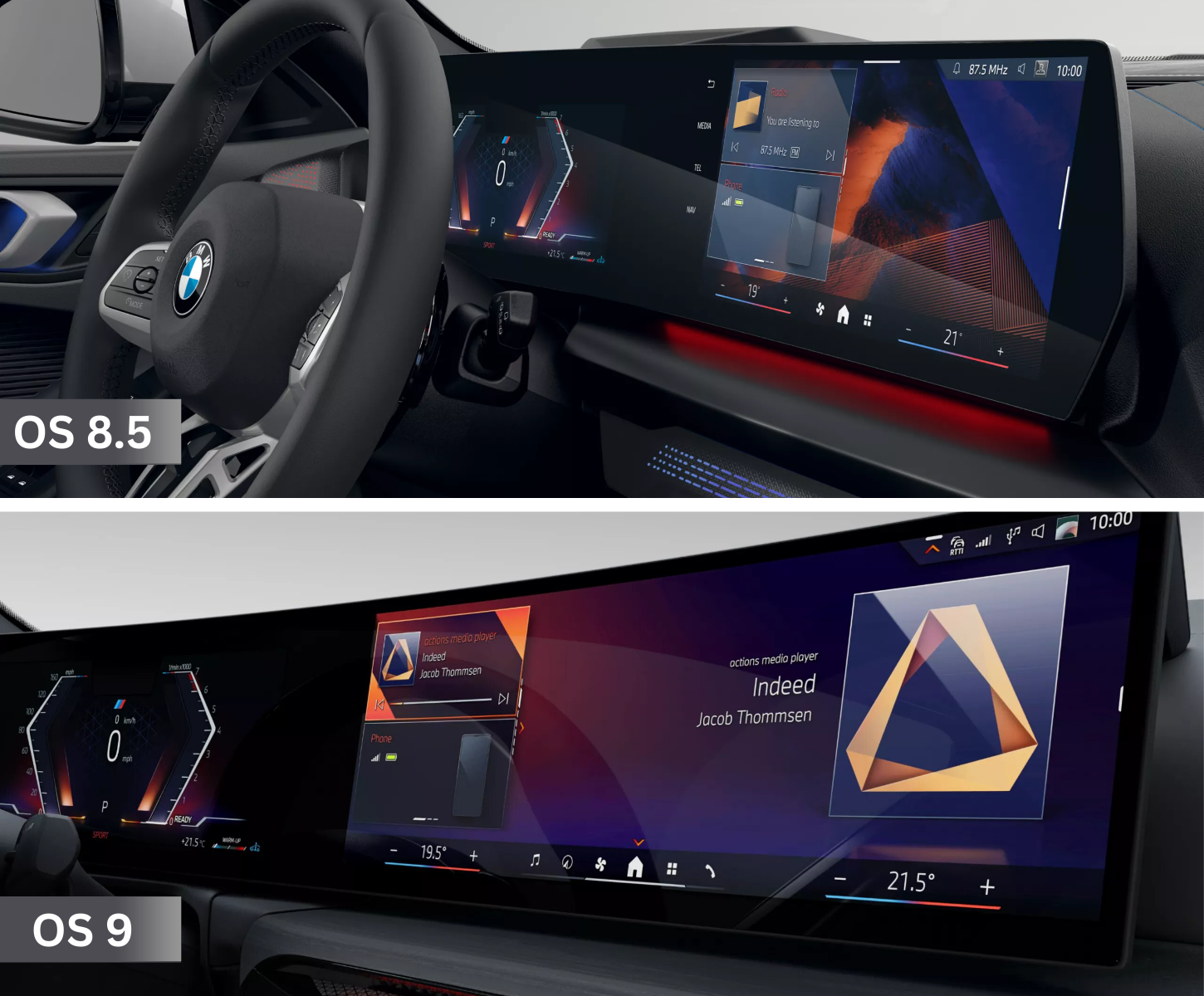
The Driver’s Ultimate Digital Weapon
For decades, iDrive has been synonymous with driver-focused control, evolving from its iconic rotary dial to a sophisticated multi-input system.
Find its latest iterations powering the cockpits of the new X1, the elegant 3 Series Gran Limousine LCI, the flagship 7 Series and i7, the capable X5 and X7, the bold iX and XM, the sleek i4, and the dynamic new i5.
Commanding Cockpit Display: Dominating the driver’s view in most new models (7 Series, iX, i5, X1, etc.) is the breathtaking BMW Curved Display. This panoramic sweep of high-resolution glass seamlessly fuses the instrument cluster and central infotainment screen, angled perfectly towards the pilot.
Complementing this, the Head-Up Display (HUD), particularly on higher trims of the 7 Series/i7, X5, X7, and i5 in India, projects information with ghost-like clarity onto the windscreen – eyes always on the prize.
The Power of Choice (Controls): Here lies a key philosophical difference. Models running iDrive OS 8.5 (think 7 Series, i7, X5, X7) gloriously retain the exquisitely tactile iDrive rotary controller. For navigating complex menus while carving corners, it remains the gold standard for many enthusiasts.
Of course, the touchscreen is superb, voice control (“Hey BMW”) is sharper than ever, and gesture control adds a touch of magic. Beware, though, the newer iDrive OS 9 (found in the new X1) leans into a “touch-first” future, sometimes simplifying or omitting the beloved physical dial.
Sharp Software: OS 8.5 and 9 bring refined interfaces, often featuring intelligent widgets and the intuitive “QuickSelect” feature (OS 9) for rapid access. The system feels incredibly responsive, a digital extension of the car’s dynamic character. Driving modes don’t just change engine maps; they transform the entire digital environment.
“Hey BMW” – Your Co-Pilot: The voice assistant understands natural commands effectively, managing navigation, climate, media, and vehicle settings with German efficiency.
Connected Drive: Wireless Apple CarPlay/Android Auto is a given. BMW ConnectedDrive delivers a powerful suite of remote services, live traffic data, and crucial OTA updates.
The BMW Digital Key, turning your smartphone into a key (on compatible models), feels suitably futuristic.
iDrive USP (India Focus): Unwavering driver focus, the stunning Curved Display, the invaluable option of the physical rotary controller (OS 8.5 models), and class-leading HUD integration.
Audi MMI (Multi Media Interface with Touch Response & Virtual Cockpit Plus)
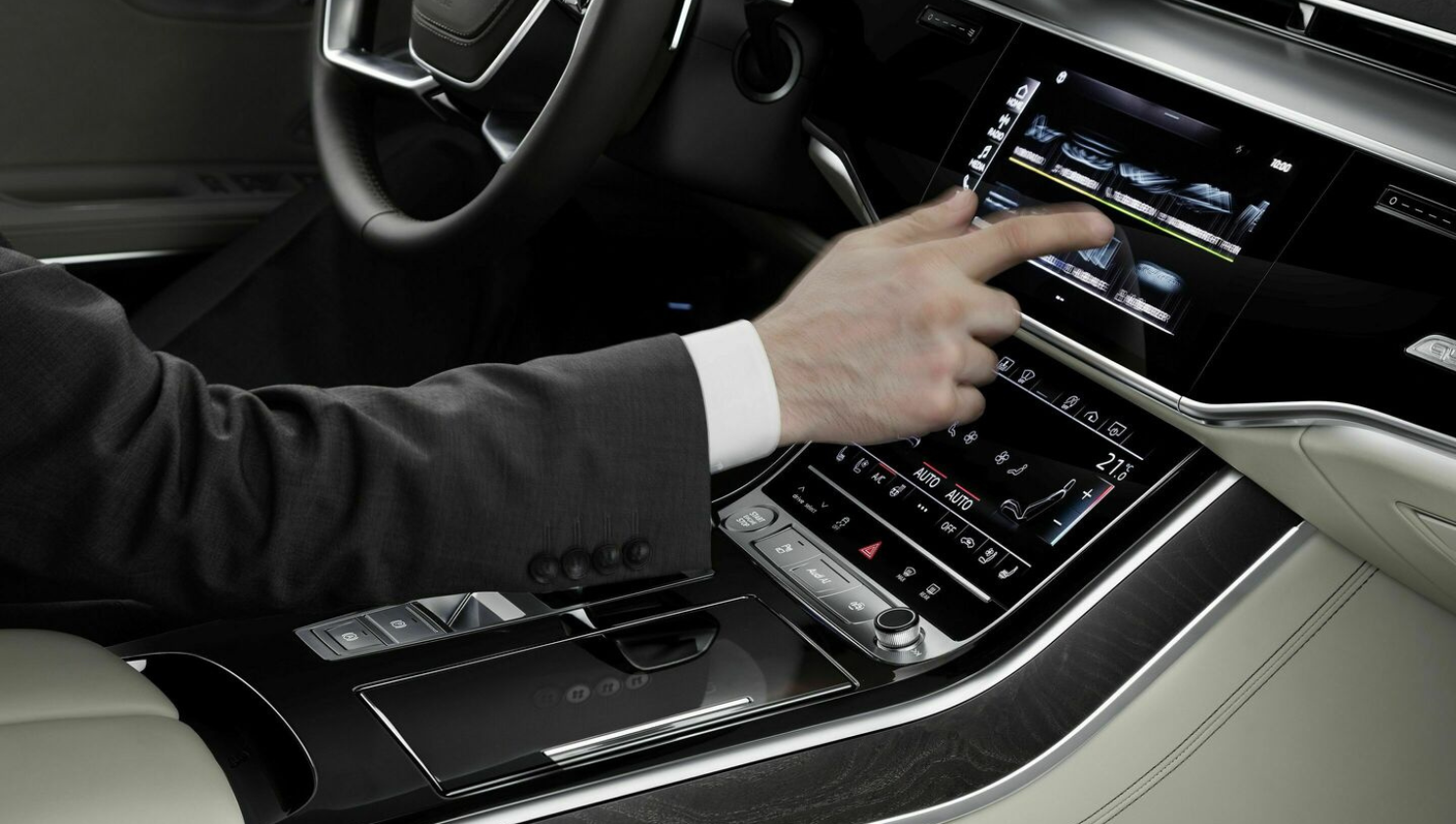
The Architect of Digital Precision
Audi’s MMI embodies a different kind of luxury tech – clean, precise, deeply integrated, and satisfyingly tactile.
Experience its latest evolution in the Q8, the refreshed Q7, Q5, the stately A8 L, the executive A6, the athletic S5 Sportback, the electrifying e-tron GT, and the Q8 e-tron available in India.
Integrated Visuals & The Virtual Cockpit: Audi’s genius lies in integration. The crown jewel is the Audi Virtual Cockpit Plus – a standard-bearer for digital instrument clusters.
This 12.3-inch high-definition screen is your customizable command view, brilliantly displaying full-screen navigation, performance data, or media information.
It’s available across most of the modern Audi range in India. Complementing this in models like the A6, A8 L, Q7, and Q8 is the MMI Touch Response system: twin central touchscreens that blend seamlessly into the console.
The Satisfying Click (Controls): The MMI Touch Response screens aren’t just touch-sensitive; they provide palpable haptic and acoustic feedback. Pressing an icon delivers a subtle, reassuring click, confirming your input without needing constant visual checks – a masterstroke in tactile design for driving. Voice control via “Hey Audi” is equally robust, interpreting natural language commands with ease.
Virtual Cockpit Dominance: It bears repeating – the Virtual Cockpit Plus is phenomenal. Its ability to morph and display a full, detailed navigation map right before your eyes remains incredibly intuitive and visually impressive.
“Hey Audi” – The Logical Assistant: Audi’s voice assistant is highly capable, understanding complex commands for navigation, telephony, media, and climate control with reliable precision.
Connected Intelligence: Wireless/wired Apple CarPlay and Android Auto are standard. Audi Connect provides essential remote services, safety features, and OTA map updates, all manageable through the myAudi app.
Navigation Clarity: Maps are rendered beautifully, especially with Google Earth overlays (where available), and the integration with the Virtual Cockpit is simply best-in-class.
MMI USP (India Focus): The peerless Audi Virtual Cockpit Plus, uniquely satisfying haptic feedback on Touch Response models, and a sophisticated, seamlessly integrated design language.
Feature Face-Off: India Perspective – Quick Glance
| Feature |
Mercedes-Benz MBUX |
BMW iDrive (OS 8.5/9) |
Audi MMI (Touch Response) |
| Control Philosophy |
Touch / Voice (Conversational AI) |
Rotary* / Touch / Voice (Driver Focus) |
Touch (Haptic) / Voice (Precise) |
| Screen Glory |
Hyperscreen/Superscreen**, AR Nav*** |
Curved Display / HUD**** |
Virtual Cockpit Plus / Dual Haptic** |
| Voice AI Champ |
“Hey Mercedes” (Most Natural) |
“Hey BMW” (Highly Effective) |
“Hey Audi” (Logically Robust) |
| Killer App |
AI / AR / Sheer Visual Impact |
Driver Ergonomics / Rotary Control* |
Virtual Cockpit / Haptic Feel |
| Found In (Examples) |
E-Class LWB, S-Class, GLC, EQS |
7 Series, X1, iX, i5, 3 Series Limo |
Q7, Q8, A6, A8 L, Q5 |
*Rotary controller mainly on OS 8.5 models (e.g., 7 Series, X5). OS 9 (e.g., X1) is touch-focused.
**Hyperscreen (EQS), Superscreen (E-Class LWB). Dual Haptic (A6, Q7, Q8, A8L).
***AR Nav available on models like S-Class, E-Class LWB, GLC, EQS.
****HUD available on higher trims/models like 7 Series, i5, X5, X7.
The Verdict: Your Digital Soulmate Awaits
Declaring a single “best” system is like choosing a favourite star in the galaxy – deeply personal and dependent on what you value most. All three are light years ahead of mainstream systems.
Choose Mercedes-Benz MBUX if: You crave the absolute cutting edge, want your car to feel like a sentient being you can converse with, desire the most visually spectacular displays, and see AR Navigation as indispensable magic.
Choose BMW iDrive if: The art of driving is paramount. You appreciate the genius of a physical controller for mid-drive adjustments (seek out OS 8.5 models!), demand pin-sharp HUD integration, and want technology that feels like an extension of your driving intentions.
Choose Audi MMI if: You’re drawn to elegant, minimalist design, believe the instrument cluster should be a customizable masterpiece (Virtual Cockpit Plus!), and value the precise, reassuring feedback of haptic touchscreens. It’s technology that feels engineered, not just installed.
The Ultimate Test Drive: Words and pictures only go so far. Book those test drives. Immerse yourself in the digital environment of an E-Class, a 7 Series, and a Q7. Play with the controls, challenge the voice assistants, and get lost in the maps. Your perfect digital co-pilot is waiting.
Conclusion: A Golden Age of In-Car Tech
The intense rivalry between MBUX, iDrive, and MMI has gifted Indian luxury car buyers an embarrassment of riches. Each system is a technological marvel, pushing the boundaries of what’s possible inside a car. Whichever you choose, you’re getting a glimpse into the future, today.
Which of these digital titans wins your vote? Let the debate begin in the comments!
